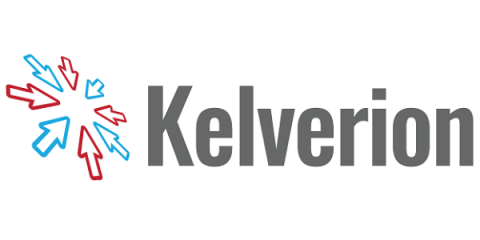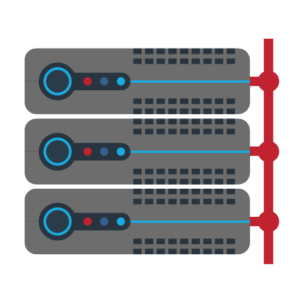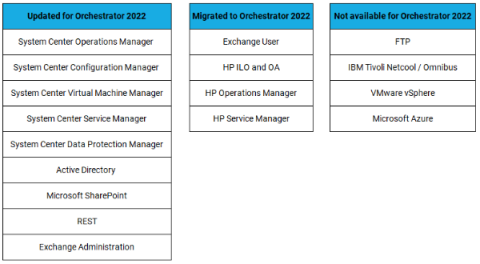How Automation Can Help Scale An MSP Business
For a Managed Service Provider (MSP) to grow, it must win new customers. However, each new customer brings more devices and users that require management, incident ticket resolution, and provisioning. If the above is actioned manually, an MSP requires dedicated staff to handle the new clients’ users, devices, resolve tickets and requests. Bearing in mind, each staff member can only support a certain number of users and devices.









